
Building a concept of word in young readers is one of the most important components of becoming a reader. Kids love poetry, and with short COW poems, you can work on many emergent reader skills including phonemic awareness (orally) which helps when you are ready to move to print (phonics). In this post, I want to share a few ways you can use COW poems.
Using Touchpoints for concept of word
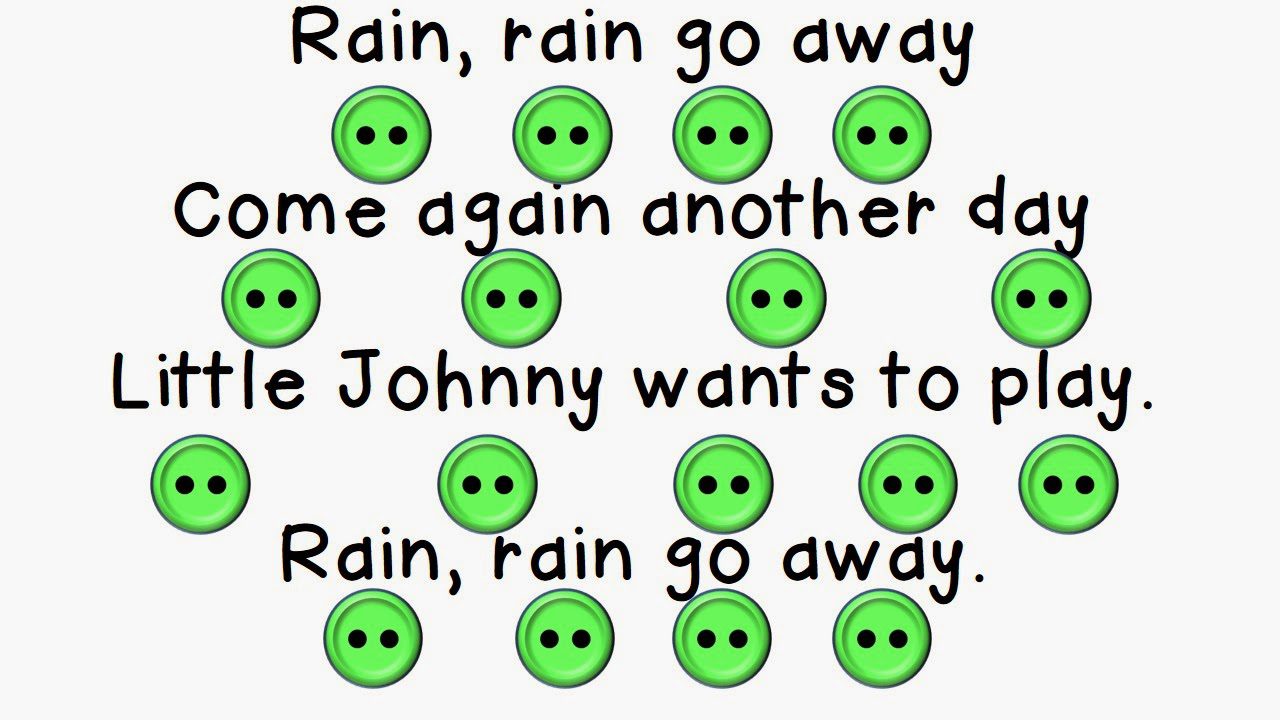
For kinders, a concept of word is developed through modeling and practice. The picture left shows how I place a touch point for the words. I often do this with the students as we read. Reading A-Z has wonderful stamps that you can put below the words to use as touch points. You can also use them as a way of locating sightwords, words beginning with a certain sound, or ending with a certain sound.
Using touch points helps support readers. Any stamp or symbol can be pasted within Word, Powerpoint, or Smart Notebook files. The buttons help the students match voice to print as COW develops. Accurate pointing (voice to print matching) is the sign that students are ready to learn to read. One very important point with COW poems is that they MUST be memorized orally first.
Mark Up the Poem to work on concept of word
When teaching poems to my kinder groups, we work on sightword recognition and decoding skills as well. In the picture below, you can see how CVC words can be boxed with Elkonin boxes for students to tap as they blend the sounds. Students can also touch the “buttons” below each letter too. Projecting nursery rhymes up on a Smartboard works well for practicing Concept of Word.
In your small group lessons, I suggest having a hard copy of the poem with touch points. You can supply crayons and highlighters to practice marking up the poem. You can also deconstruct sentences and reconstruct them to show space.

Phrasing and Highlighter Hunts FOR cONCEPT OF WORD
Once students hit the beginning reader stage, I love to use these poems to address fluency through repeated readings, choral and echo reading, and phrasing to build prosody. Poems are great for working on sightword recognition too. Beginning readers love to read partner poems, and gradually more are being published.
In the picture to the right, you can see how this student marked the words in a highlighter hunt after we practiced phrasing. Teachers can also use slash marks to show where each phrase ends or alternate with different colored highlighters. If you enjoy partner work, you can have students read alternating phrases when the phrases are color coded.

When doing word hunts, another important point to consider is that not all words have to be sightwords. Poems with graphically similar words such as through, though, and thought provide opportunities to discuss visual differences and the importance of using meaning clues.
grab a free concept of word sample:
To practice these skills, here is a free sample of my poem of the week sets that K/1 teachers can use to work on fluency, word recognition and COW. If you like the set, the larger bundles are linked below. Teachers love using them for shared reading and modeling.
concept of word poetry resources
Here’s what teachers have said about these resources:
“This is a great concept of word resource. It is very engaging and my students really look forward to this activity every day.“
-
Sale Product on saleFall Winter Spring Poem of the Week for Kindergarten and 1st, Shared Reading
$39.99Original price was: $39.99.$30.00Current price is: $30.00.
-
Sale Product on salePoem of the Week for Kindergarten and 1st Grade Mega Bundle 78 Poetry Sets
$68.00Original price was: $68.00.$40.00Current price is: $40.00.
One final point I’d like to share is that all poetry is intended to be read out loud and enjoyed for the beauty of the words or sounds. Poetry is meant to be shared, so repeated reading provides a chance to discuss reader impressions, build fluency, deepen understanding, and to learn from each other.
Related Posts:
For more information on Concept of Word, you can check out the posts below:











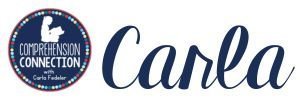

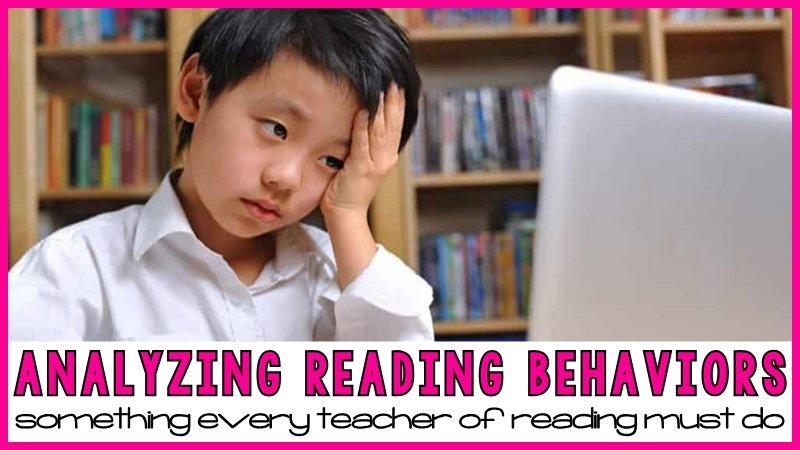
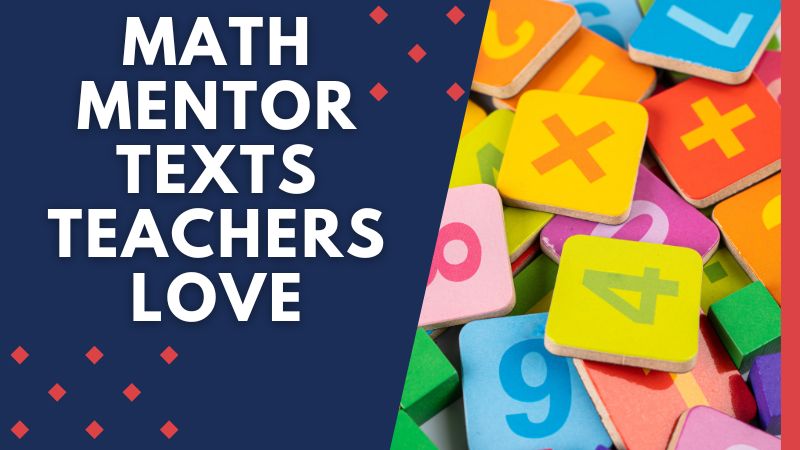

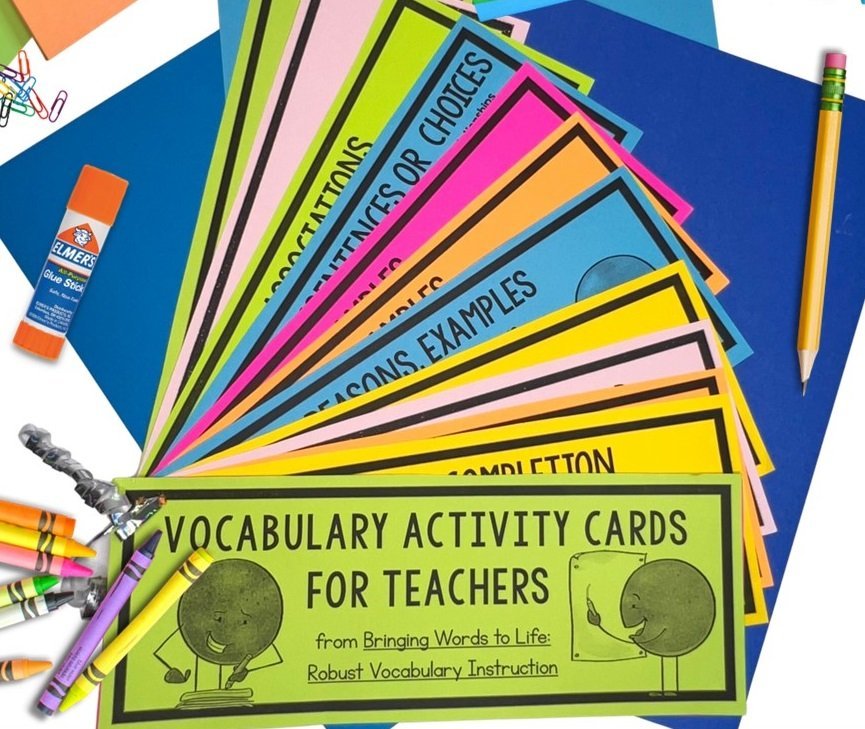


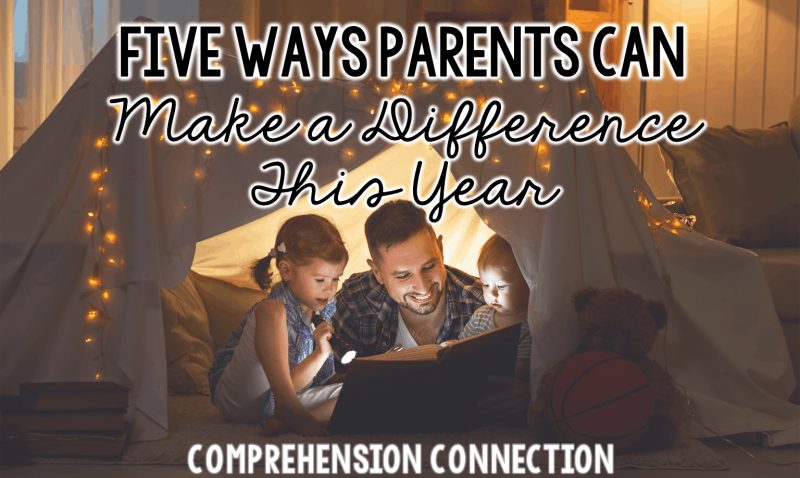
13 Responses
I love your post! I had no idea about the Reading A to Z secret! I guess it really wasn't a secret but thank you!
Love the books! Great way to get kiddos to love poetry!
L love teaching poetry. I tell my fourth graders that poems they write can never be wrong because there is no particular guidelines that they must follow. I LOVE Brod Bagert. He cam to our school several years ago. SO much fun. I like Jack Prelutsky and Bruce Lansky' compilations of great kids' poems!!
First, I SO love the A to Z information! I really like to teach poetry. I've struggled this year (first year in kindergarten) to fit in everything I wanted to do. This is a piece that I am working on for next year. My partner and I are also thinking of using Chicken Soup with Rice. Thanks for the blogs!
A subscription to Reading A to Z would be money well spent. There is just so much available to you. If you have a Smartboard, all of the leveled books are projectable, the poetry pages, the graphic organizers, and so much more. I love using the stampers, highlighter pens, and text box tools to mark sightwords, help kids with tracking, identifying picture clues, and even text marking for older students. The text box feature helps with that. Thanks for commenting and if I can help with ideas, just email.
There are lots of features that can easily be overlooked with that site. I have really enjoyed using it.
I am using Hope King's unit on Poetry Picnic. I love it! Students make a paper bag poetry book. They learn poetic devices and write an example of five poems. We have a poetry picnic at the end of the unit where we picnic on school grounds and read our poems to each other.
I am totally unfamiliar with smartboard, but those sound like awesome activities! Thank you for the weather poems! Those should be fun (when Spring gets around to coming!). I love Preluksky for poetry. I keep coming back to his poems when I'm looking for something to complement a lesson!
I love that idea. I got a product last year where the kids put together a poem of each type to create the anthology. Fun times!
Rebecca-You can also use the books on the computer and do the same things. In the classroom setting, the books, poems, etc are projected on a whiteboard (computer screen on the wall). It makes the books very interactive, and by having the kids manipulate things on the board, they stay actively involved. I also work at my reading table some, on the floor, and at the smartboard, so that gets the wiggles out with little people. (Kindergarten at 2:15 in the afternoon would have been impossible otherwise).
I've not experienced the magic of Brod Boggert, but have pinned your titles for a future shopping spree! Thanks as always for sharing such worthy ideas and resources!
P.S. I used your Owl Moon resource this week before two naturalists from a local animal rehab/rescue organization came to share four owls with our second graders! I will be blogging about it next week, and will send you the link!
Gratefully,
~Jennifer
Ah….that just makes my day, Jennifer! I am so glad to hear that it worked well, and I greatly appreciate you highlighting it in your post. I can't wait to read it! I love your blog!
I use poetry to work with fluency and concept of word. I did not know that about Reading A-Z, and I am definitely going to check it out! Thanks for sharing it!
Andrea
Reading Toward the Stars